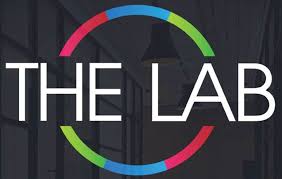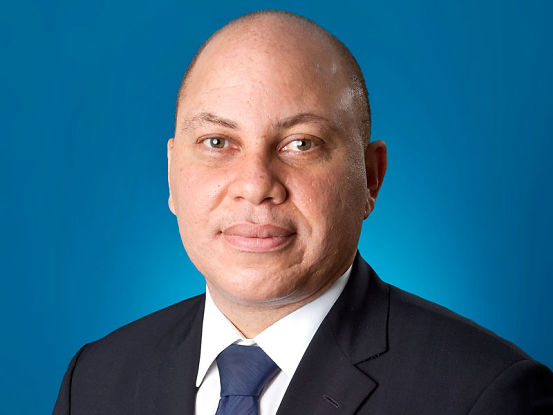Marketing & Advertising
The List – Businessuite’s Top 50 Caribbean Marketers to watch for 2024

Corporate Feature
Not Just Vanity Metrics: A Digital Leader Focused on What Matters
Balancing professional responsibilities, he manages agency work and training commitments when time permits, always with a focus on helping businesses grow through digital channels.
Businessuite Markets
The LAB Posts $20.6M Half-Year Profit, Down 58%, Impacted by Revenue Timing and Margin Compression
Artificial Intelligence
Meta’s AI Ad Revolution Is A Seismic Shift in the Media Landscape – Its Impact On Caribbean Agencies
Meta’s “infinite creative” ad ambition is a disruptive force—reshaping the contours of advertising from production to pricing. For traditional agencies, the future isn’t erased—it’s redefined, demanding agility, technological foresight, and narrative excellence. Investors should scrutinize which players can transcend production to become indispensable strategic storytellers in the AI era.
Businessuite Markets
Looking Forward To OCM Group Returning To Growth Path In 2025 – Faarees Hosein
Businessuite Markets
The LAB’s Strategic Shift: Embracing Content Creation Amidst Evolving Financial Landscape
-

 Businessuite Women2 weeks ago
Businessuite Women2 weeks agoData Mavericks of the Caribbean: Raquel Seville & Dataffluent’s Visionary Rise
-

 Businessuite News244 weeks ago
Businessuite News244 weeks agoIndia’s 10-Minute Delivery Boom: A Blueprint for Disruption—and a Wake-Up Call for Caribbean Courier Companies
-

 Businessuite News24 International4 weeks ago
Businessuite News24 International4 weeks agoIndia’s 10-Minute Delivery Boom: Reshaping Retail, Logistics, and Urban Spaces
-

 Businessuite News243 weeks ago
Businessuite News243 weeks agoBusinessuite Special Report P4 | Homegrown Disruption: InterMetroONE & Walkbout.com Position Jamaica’s Answer to Uber–Airbnb
-

 Corporate Feature4 weeks ago
Corporate Feature4 weeks agoNot Just Vanity Metrics: A Digital Leader Focused on What Matters
-

 Businessuite News245 days ago
Businessuite News245 days agoJamaica Records US$2.4B in Earnings From 2.3 Million Visitor Arrivals Since Start of 2025
-

 Business Insights2 weeks ago
Business Insights2 weeks agoBusinessuite Cover Story: Too Much Power? Governance Risks Rise as Tyrone Wilson Consolidates Leadership at Kintyre and Visual Vibe
-

 Businessuite Markets3 weeks ago
Businessuite Markets3 weeks agoEduFocal Faces Equity Deficit of $135M Amid $314M in Accumulated Losses









 In 2018, he founded
In 2018, he founded  Building on that mission, he launched
Building on that mission, he launched  For the period under review, the Group’s consolidated balance sheet remained sound with a stable cash position, providing the financial flexibility to support ongoing operations and strategic initiatives.
For the period under review, the Group’s consolidated balance sheet remained sound with a stable cash position, providing the financial flexibility to support ongoing operations and strategic initiatives.

 The OCM Group for the year ended December 2024 reported Revenues of TT$301M / US$44.3M (2023: TT$318M / US$46.8M) and a NPBT and impairment of TT$17.1M / US$$2.5M (2023: TT$37.2M / US$5.5M).
The OCM Group for the year ended December 2024 reported Revenues of TT$301M / US$44.3M (2023: TT$318M / US$46.8M) and a NPBT and impairment of TT$17.1M / US$$2.5M (2023: TT$37.2M / US$5.5M). The LAB is strategically positioning itself to harness the escalating global demand for diverse and high-quality content. With major streaming platforms, including Netflix, projected to invest $18 billion in content in 2025—an 11% increase from 2024—the appetite for fresh storytelling is evident.
The LAB is strategically positioning itself to harness the escalating global demand for diverse and high-quality content. With major streaming platforms, including Netflix, projected to invest $18 billion in content in 2025—an 11% increase from 2024—the appetite for fresh storytelling is evident.




